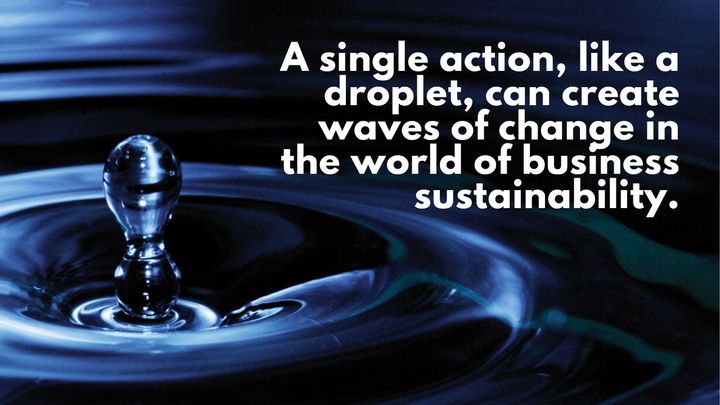Cradle-to-Cradle: Redefining Sustainable Product Lifecycle
Discover the 'Cradle to Cradle' approach, a leap beyond traditional product lifecycles. Embrace a future where products are designed for endless cycles of use and regeneration. 🌿🔄

In the quest for sustainable product design and environmental stewardship, the "cradle-to-cradle" concept has emerged as a revolutionary approach. Moving beyond the traditional linear model of "cradle-to -grave," cradle-to-cradle emphasizes a circular lifecycle where products are designed to be recycled or repurposed indefinitely. This article delves deep into the cradle-to-cradle philosophy, exploring its principles, benefits, and real-world applications.
The cradle to cradle approach challenges the conventional notion of product end-of-life. Instead of viewing products as having a finite lifespan that ends in disposal, cradle-to-cradle envisions products as nutrients circulating in healthy, safe metabolisms.
Five Core Principles of Cradle-to-Cradle
- Material Health: Materials used in products should be safe for human and ecological health. This means avoiding toxic substances and ensuring that materials can be safely recycled or composted.
- Material Reutilization: Products should be designed in a way that their materials can be recovered and reused, either through recycling, composting, or repurposing.
- Renewable Energy Use: The production process should prioritize the use of renewable energy sources, minimizing carbon emissions and reliance on fossil fuels.
- Water Stewardship: Water used in production should be treated as a precious resource, ensuring its clean and safe return to the environment.
- Social Fairness: Beyond environmental considerations, cradle-to-cradle emphasizes the importance of fair labor practices, community engagement, and respect for all stakeholders.
Benefits of the Cradle-to-Cradle Approach
- Resource Efficiency: By continually reusing materials, resources are utilized more efficiently, reducing the need for virgin material extraction.
- Waste Reduction: Products are designed to be recycled or repurposed, drastically reducing waste sent to landfills or incineration.
- Innovation Driver: The approach encourages businesses to innovate, finding new ways to design, produce, and repurpose products.
Real-World Applications
Many companies have embraced the cradle-to-cradle philosophy, redesigning products and processes. For instance, certain carpet manufacturers have developed tiles that can be fully recycled into new carpets. Similarly, some furniture companies design modular pieces that can be easily disassembled, repaired, or repurposed.
Challenges and Considerations
While the cradle-to-cradle approach offers numerous benefits, it's not without challenges. Transitioning from a linear to a circular model requires significant investment, research, and a shift in mindset. Additionally, for some products or materials, achieving full recyclability or reusability remains a technical challenge.
Conclusion: The Future is Circular
The cradle-to-cradle approach represents a paradigm shift in how we view product lifecycles. It's not just about sustainability; it's about creating a system where products and materials continually add value without depleting the planet's resources. As environmental challenges mount, the cradle-to-cradle philosophy offers a beacon of hope and a roadmap for a more sustainable and regenerative future.




Comments ()